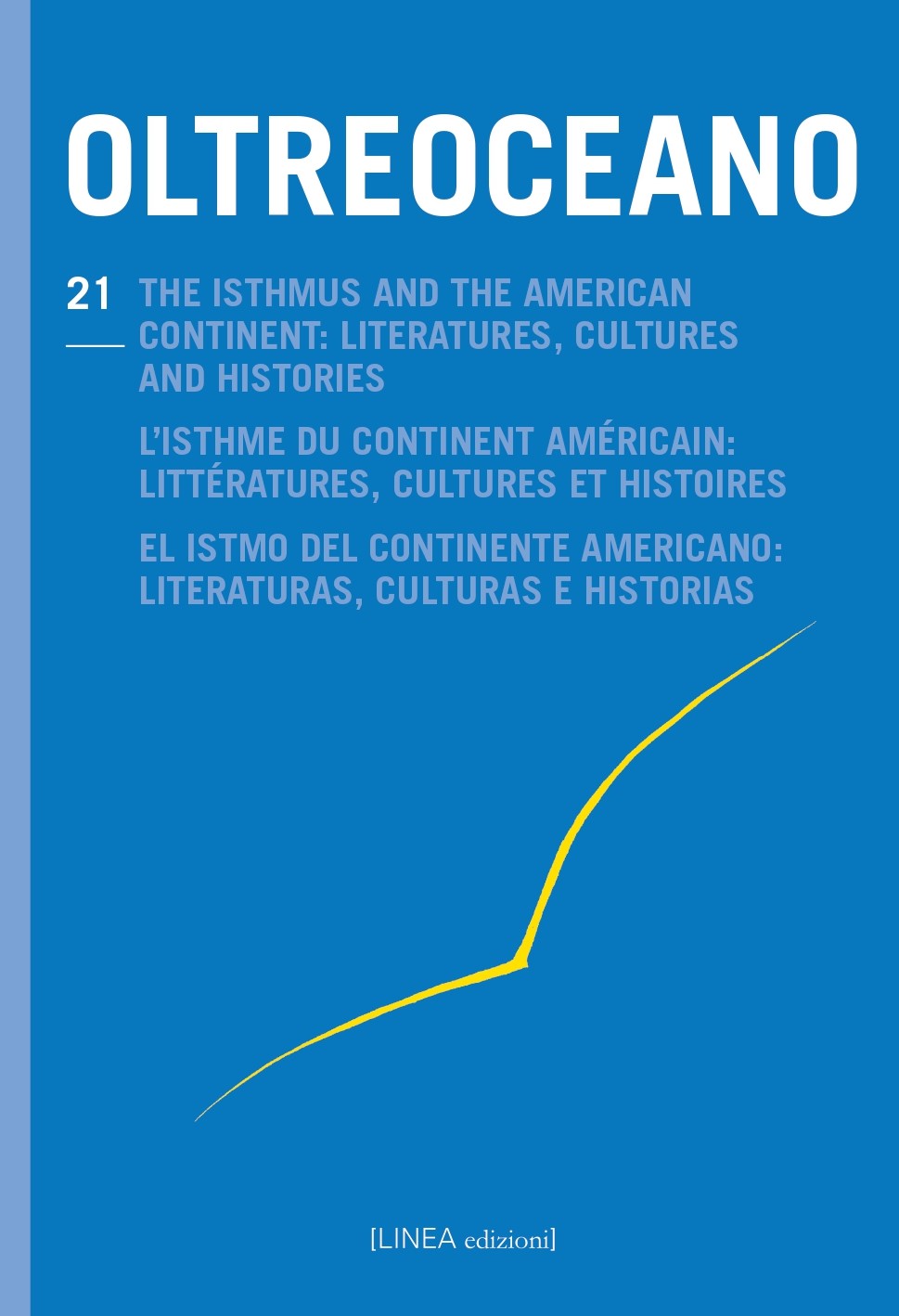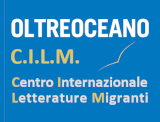Across Water, Land, and Difference. Language and Cultural Contact in Samaná
DOI:
https://doi.org/10.53154/Oltreoceano68Parole chiave:
Haiti, samaná peninsula, language, African Americans, migrationAbstract
In the first half of the nineteenth century, prior to the abolition of slavery in the U.S., approximately 6,000 African Americans migrated to Haiti. The planet’s first Black republic, the first country in the world to abolish slavery, and the second colony in the Americas to win its independence, Haiti was a success story and a beacon of hope for millions. Motivated by the prospect of a better future, the African Americans who migrated there, fled dispossession, racial violence, and limited economic opportunities. This article will explore aspects of social life in communities created by African American migrants and their descendants in one of the places where they settled, the Samaná Peninsula (today part of the Dominican Republic), where they maintained aspects of their cultural heritage, including African American English, for more than 150 years. It will consider the concept of an isthmus or bridge as a conceptual platform for remapping scholarly narratives about the social life of language in Samaná and other migrant communities in the region. Special attention will be given to the documentation and theorization of dynamics of contact that unfolded between different ethnic groups on the peninsula and their relationship to community formation and social memory.
Downloads
Riferimenti bibliografici
Arroyo, J. (2016): Transculturation, syncretism, and hybridity. In Y. Martínez San Miguel, B. Sifuentes-Jáuregui, and M. Belausteguigoitia (Eds.), Critical terms in Caribbean and Latin American thought (pp. 133-144). New York: Palgrave.
Bailey, G. (2001): The relationship between African American Vernacular English and White vernaculars in the American South. In S. L. Lanehart (Ed.), Sociocultural and Historical Contexts of African American English (pp. 53-92). Amsterdam: John Benjamins.
Baldrich Beauregard, E. (2007): El imperio de Napoleón Bonaparte en Samaná. Clío 76, 173, pp. 53-66.
Commission of Inquiry to Santo Domingo, Dominican Republic (1871): Report. Washington DC: Government Printing Office.
Davis, M. (1981): Himnos y anthems (“coros”) de los “Americanos” de Samaná. Boletin del Museo del Hombre Dominicano 10, 16, pp. 85-107.
Féliz Féliz, W. (2008): El pueblo de Samaná en 1876. Clío 77, 176, pp. 49-80.
Fugitive Slaves - Turks and Caicos Islands (1821): The New York Public Library Digital Collections. Retrieved from https://digitalcollections.nypl.org/items/afdc5490-e588-0130-95ee-58d385a7bbd0 (Last accessed 01/08/2022).
Gorlach, M. (2002): Still More Englishes. Philadelphia: John Benjamins.
Holm, J. (1989): Pidgins and Creoles: Reference and Survey. Cambridge: Cambridge University Press.
Lipski, J. (2005): History of Afro-Hispanic Language. Cambridge: Cambridge University Press.
Mann-Hamilton, R. (2016): What the Tides May Bring: Political “Tigueraje”: Dispossession and Popular Dissent in Samaná, Dominican Republic. Graduate Center: City University of New York.
Poplack, S. & Tagliamonte, S. (2004): Back to the present: Verbal -s in the (African American) English Diaspora. In R. Hickey (Ed.), Legacies of Colonial English (pp. 203-223). Cambridge: Cambridge University Press.
Schneider, E. (2008): Accommodation vs. Identity: a Response to Trudgill. Language in Society, 37, 2, pp. 262-267.
Singler, J. (2007): Substrate Influence in Creole Formation. Journal of Pidgin and Creole Languages, 22, 1, pp. 123-148.
Smith, E. (1987): Early Afro-American Presence on the Island of Hispaniola. The Journal of Negro History 72, 1-2, pp. 33-41.
Spears, A. (2010): On Shallow Grammar: African American English and the critique of exceptionalism. In J. Kleifgen & G. Bond (Eds.), The Languages of Africa and the Diaspora (pp. 231-248). Clevedon: Multilingual Matters.
Valdez, J. (2010): Samaná (República Dominicana): Baluarte del crillismo caribeño o campo de contacto lingüístico-cultural? Estudios, 18, 35, pp. 29-48.
Vigo, J. (1981): Prospectus: Language and Ethnicity in a Dominican Community. New York: José A. Vigo Papers.
Walicek, D. (2007): Farther South: Speaking American, the Language of Migration in Samaná. In J. Adams; M. Bibler & C. Accilien (Eds.), Just Below South (pp. 95-120). Charlottesville: University of Virginia Press.
Wolfram, W. (2003): Dialect enclaves in the South. In S. Nagle & S. Sanders (Eds.), Language in the New South (pp. 141-158). Cambridge: Cambridge University Press.
Downloads
Pubblicato
Come citare
Fascicolo
Sezione
Licenza

Questo lavoro è fornito con la licenza Creative Commons Attribuzione - Non commerciale - Condividi allo stesso modo 4.0 Internazionale.
Gli autori si impegnano a rispettare le seguenti condizioni, che s’intendono accettate al momento della sottomissione per la stampa dei propri contributi.
L’invio di un testo implica che esso sia inedito e non in attesa di essere pubblicato altrove.Gli autori si impegnano a rispettare le seguenti condizioni, che s’intendono accettate al momento della sottomissione per la stampa dei propri contributi.
- Qualora venga accettato, l’autore conferisce all’editore il diritto di pubblicarlo e distribuirlo sia in forma cartacea che nell’edizione elettronica in rete. Gli articoli pubblicati saranno scaricabili e resi disponibili in open access.
- Purché segnali correttamente che la prima pubblicazione è avvenuta sulla rivista «Oltreoceano. Rivista sulle migrazioni», l’autore ha facoltà di: a) riprodurre l’articolo in estratti separati o raccolti in volume; b) pubblicare l’articolo nel proprio sito personale o in quello di corsi di insegnamento purché si tratti di siti di natura non commerciale; c) depositare l’articolo in archivi online di carattere non commerciale, legati all’istituzione di appartenenza o come parte di progetti di diffusione non commerciale e open access dei lavori scientifici.
Non è consentita l’utilizzazione dei contributi da parte di terzi, per fini commerciali o comunque non autorizzati. L’editore declina ogni responsabilità sull’uso non autorizzato del materiale pubblicato sulla rivista.













